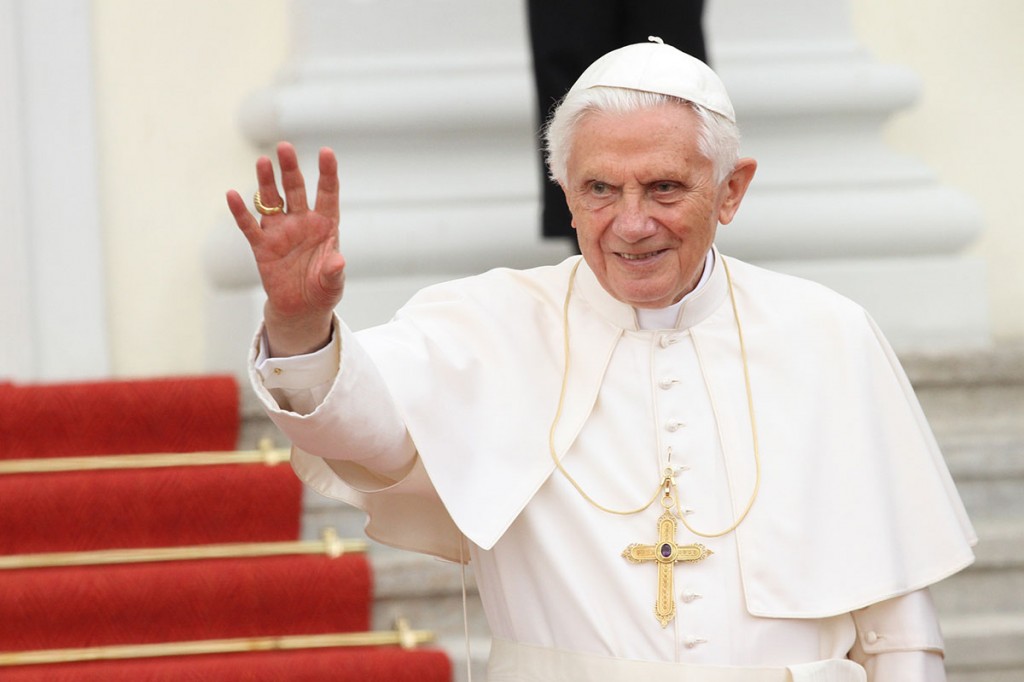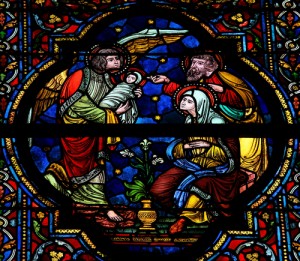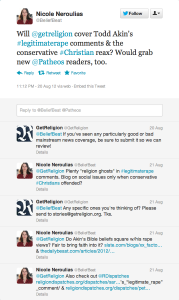I’m in St. Louis this week at the Lutheran Church-Missouri Synod’s 65th regular convention. The convention was largely peaceful and unified. And where it wasn’t, the issues were extremely important but fairly unique to the LCMS. I keep thinking how difficult it is to cover a convention such as this. Religion reporter Tim Townsend, of the St. Louis Post-Dispatch, was at the convention.
He had a hilarious tweet the other day about the arcane language one must be familiar with when covering a denominational convention:
CCM approves reso to reconsider opinion 11-2598 and participation in 2010 Res. 8-30B — at open hearing of Floor Committee 4. #lcms2013
It’s funny but it’s also true that this is a completely typical form of discourse that must be parsed if one hopes to convey any substantive information to readers. It’s challenging to just get the acronyms, terminology, back story, theology and processes down. That’s key even before figuring out if it’s of interest to a general audience. Seen this way, it’s much easier to see why there’s more media coverage of those denominations that battle over sex and other cultural issues. Imagine what a disappointment it is to parse the debate only to find out that it’s on a topic such as distance-learning education.
Unlike previous conventions featuring narrow vote margins, nearly every resolution here was passing with huge margins — whether the topic was checks and balances of seminary faculty hiring, proper administration of the sacraments, review of non-seminary pastoral training programs, lay deacons, campus ministries, or other items. There’s interesting subtext there — we’re definitely in a new era in the LCMS, but it’s pretty tough to explain briefly. Which is probably why the St. Louis Post-Dispatch keeps publishing stories about how the Synod handled a First Commandment issue last year relating to syncretism, or worship with non-Christians at an interfaith worship service in Newtown, CT. (“Mono-maniacally obsessed” was how I heard one delegate refer to the reporter’s focus on the topic. “Tell him to get off the Newtown template,” was what another said. Consider it done.)
But you try to come up with something interesting to say about a huge convention taking place in your backyard when everyone is operating in peace and love (sadly, that might actually be big news when it comes to our church body and others …). Here was the St. Louis Post-Dispatch lede for the excitingly headlined “Lutherans end convention downtown after taking care of business“:
The Lutheran Church-Missouri Synod closed its convention in downtown St. Louis on Thursday with the more than 1,000 delegates sticking to the event’s unofficial theme of unity.
Then there were, uh, four full paragraphs on “the Newtown template.” The rest of the story up some highlights:













